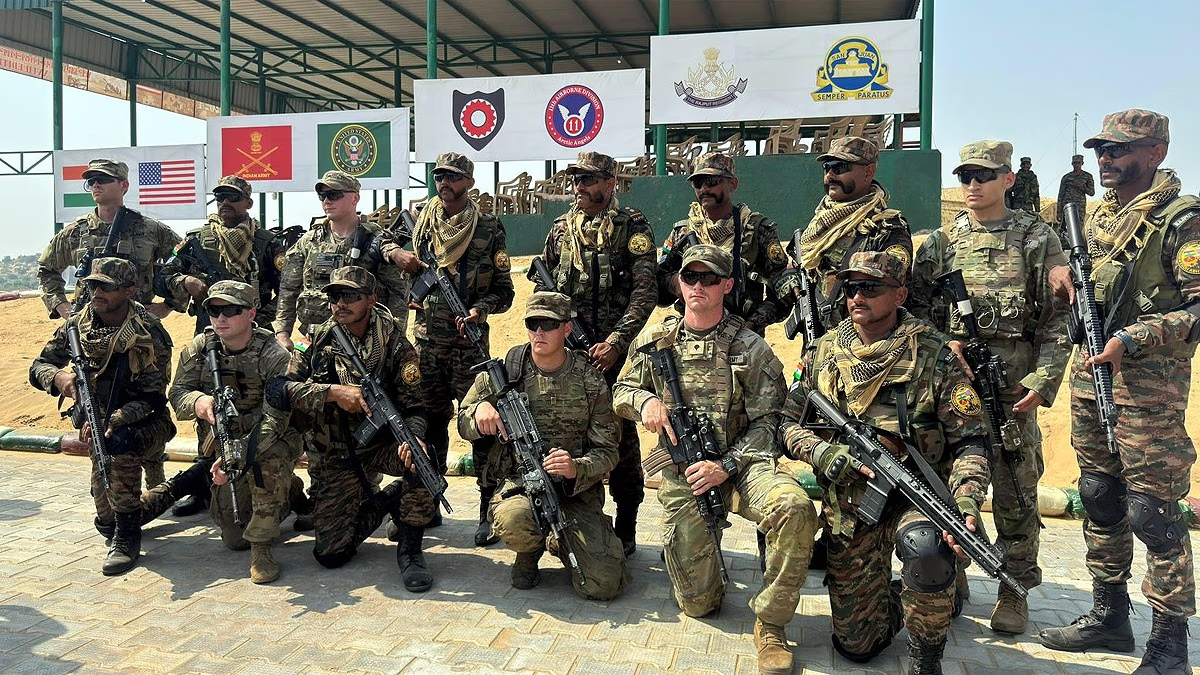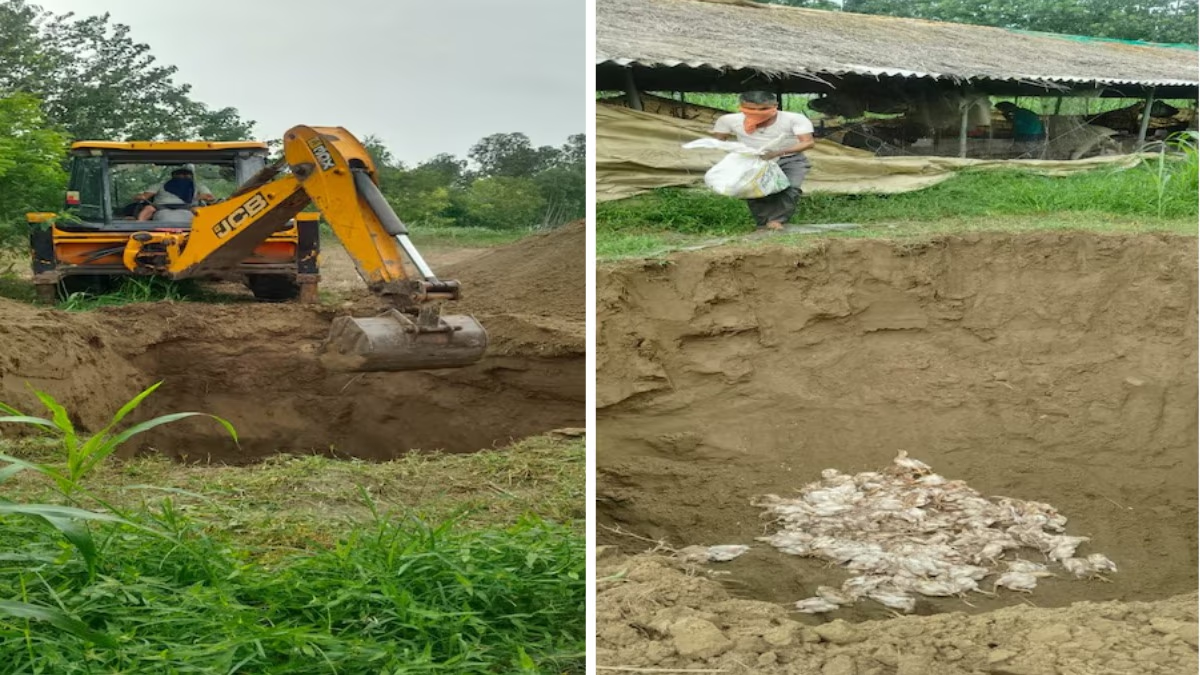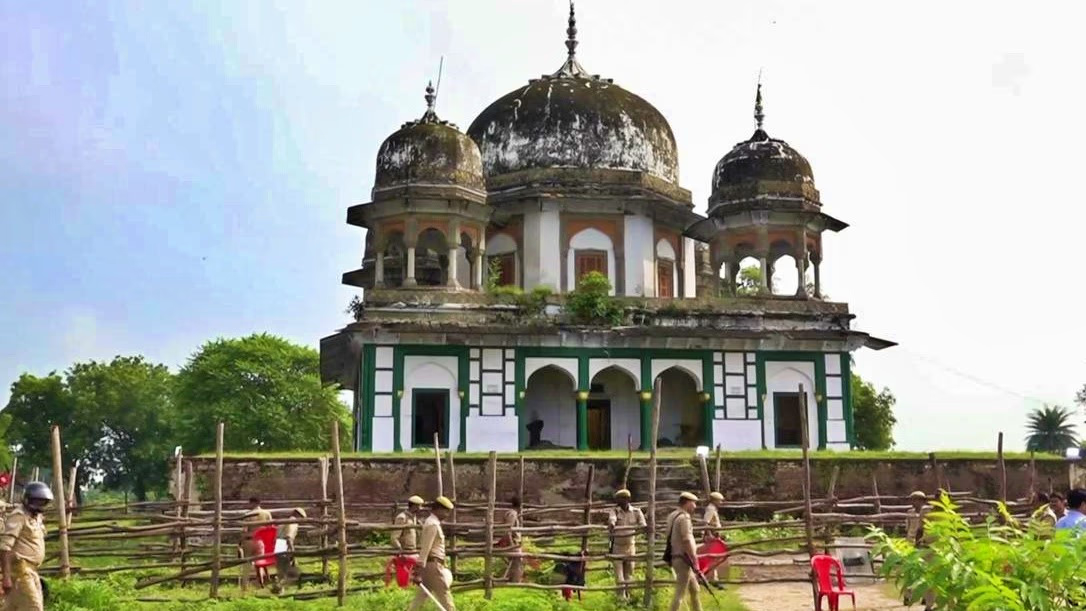The Banke Bihari temple in Vrindavan... On any typical day, a massive crowd gathering is a common sight at this spiritual site. During festivals like Janmashtami or Holi, the scene is beyond description. Streets swell with thousands of devotees pushing to move forward for a glance. Vendors line the narrow alleys, shouting above the din to attract attention. Holding trays of offerings, they try to make space. Amidst this chaos wander a few cows, worsening the situation.
The outcome? Amid chants of devotion, Banke Bihari temple becomes a chaotic, unsafe place. Residents still recall Janmashtami 2022 when two lives were lost and several devotees got injured due to the overwhelming crowd. The memory resurfaces with each rising crowd. Inside and outside the temple, there were too many people, inadequate exits, no organized queues, and no apparent emergency aid.
The proposed Banke Bihari Corridor aims to address this disarray, striving to balance devotion and practicality. Government officials believe the corridor will widen the approach to the temple, arrange the visitation process, and introduce basic facilities like restrooms, drinking water, and medical posts. However, the plan is facing opposition from those concerned about traditions.
Locals and regular visitors are well aware of the situation. Restrooms? Maybe a few, often in poor condition. Clean water? Mostly available from small stalls. Emergency care? No designated area for aid during crises. On busy days, narrow paths are overwhelmed by crowds without formal crowd management. The corridor's blueprint addresses demand for wide entry and exit points, distinct lanes for visitation, resting areas for elderly pilgrims, and medical stations. These are fundamental amenities for a temple visited by millions annually and should have existed years ago.
The opposition is led by the Sevaiyat Goswami community, hereditary priests serving the temple for generations. Their main concern is not facilities but losing control over daily rituals and traditions. They fear the longstanding spiritual uniqueness may change forever. Government officials promise the ceremonial system will remain unchanged, Sevaiyats' roles intact, and displaced shopkeepers and residents will receive fair compensation and rehabilitation. Even the Supreme Court sees validity in the state's argument. Yet, critics remain unconvinced.
The Kashi Vishwanath Corridor in Varanasi initially faced similar challenges. When launched, local groups and heritage voices expressed concerns about demolished buildings, loss of old identities, and potential over-commercialization. However, as the project progressed, old structures were restored, open spaces for rituals emerged, and access became easier. Today, even initial critics admit it has been beneficial without harming the temple's original essence.
Under the plan, the state government will acquire five acres around the temple. Currently, this area hosts about 300 temples and residential buildings where families have lived for centuries, slated for demolition. The government claims the corridor will ease devotees' movement and anticipate proper development attracting more tourists and pilgrims. Faith will always draw crowds to Vrindavan. Yet, the lanes outside the temple aren't prepared for those numbers, and when things go wrong, devotees bear the cost. Advocates argue the corridor is the only way to prevent a repeat of 2022. Critics say heritage shouldn't be compromised for development. Somewhere between these views lies a middle path: secured, clean pathways while preserving Banke Bihari's defining traditions.




